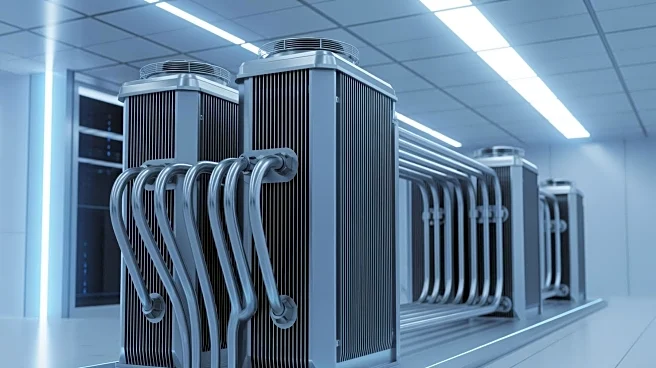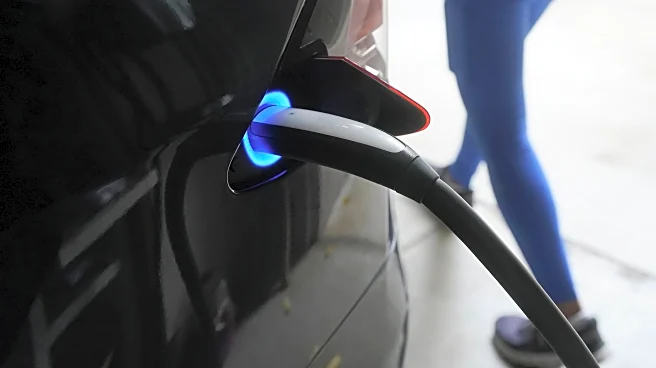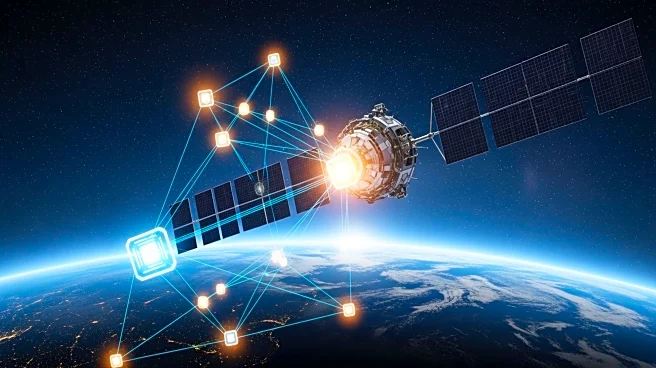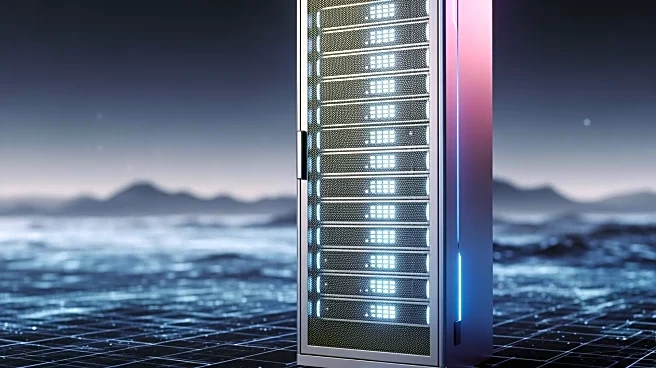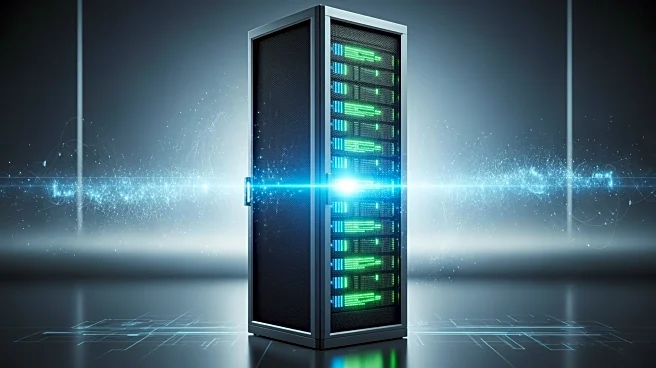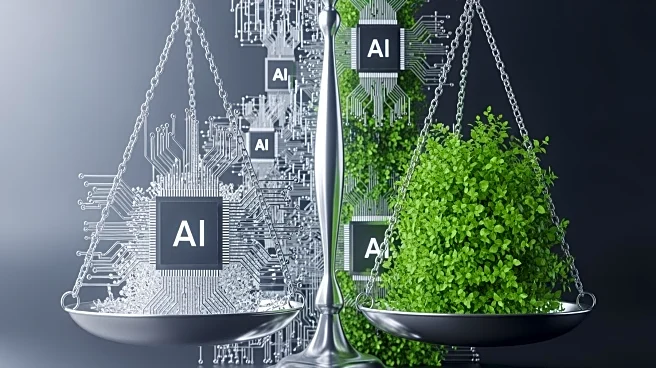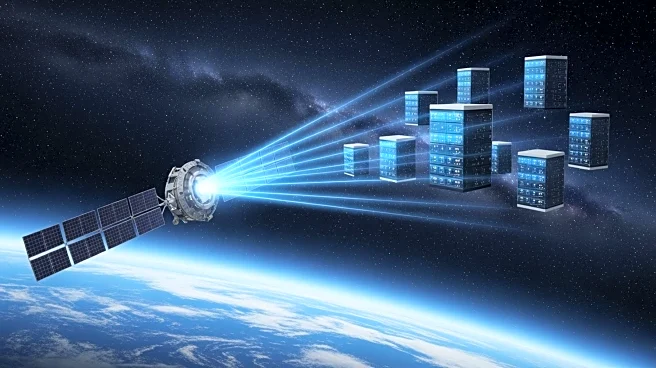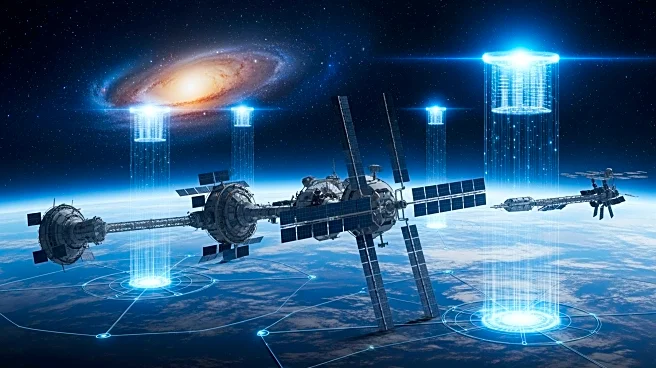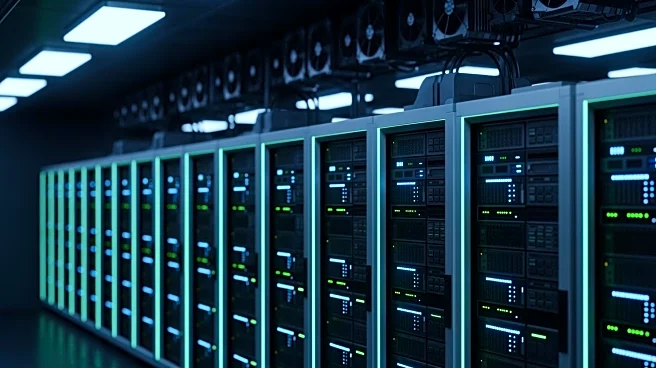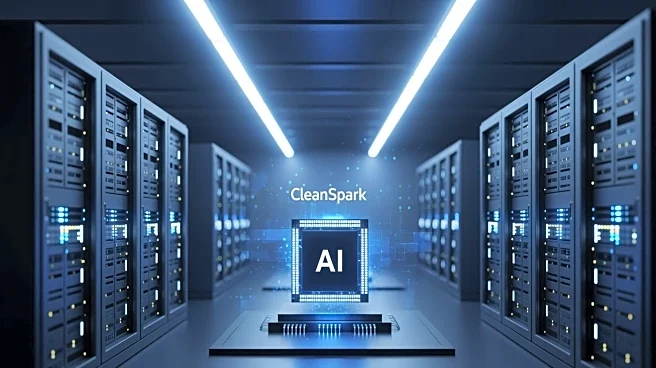What's Happening?
Data centers, essential for digital infrastructure, are evolving their cooling technologies to address sustainability challenges. Traditionally reliant on air and water cooling systems, the industry is
now exploring more efficient methods like direct-to-chip and immersion cooling. These advancements aim to reduce energy consumption and environmental impact. The U.S. Department of Energy and Environmental Protection Agency are promoting energy-efficient practices through standards and incentives. As data centers grow in size and complexity, the need for innovative cooling solutions becomes more pressing.
Why It's Important?
The shift towards advanced cooling technologies in data centers is crucial for reducing their environmental footprint. Data centers are significant energy consumers, and inefficient cooling systems contribute to high operational costs and increased emissions. By adopting more sustainable cooling methods, the industry can achieve greater energy efficiency and align with global sustainability goals. This transition also supports the growing demand for high-performance computing and artificial intelligence, which require robust cooling solutions to manage heat generation.
Beyond the Headlines
The move to advanced cooling technologies also addresses water scarcity issues, as traditional water cooling systems can be resource-intensive. By implementing closed-loop and hybrid systems, data centers can significantly reduce water usage. Additionally, legal challenges related to water rights and access are becoming more prominent, prompting data centers to consider local water contexts in their operations. This shift not only enhances sustainability but also mitigates potential legal and community opposition to data center developments.
